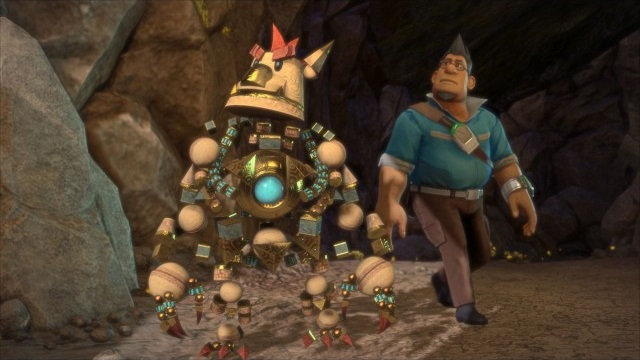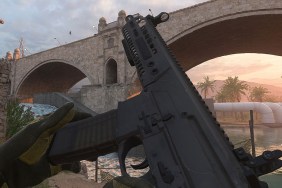Knick-knack paddy whack.
Knack signifies two experiments in one: Knack himself as a technological marvel and construct comprised of ancient relics held together by an energy core, and Knack the game as an attempt to combine old-school difficulty and linear game design with new-school graphics and a checkpoint system. Unfortunately, neither the character nor the hybrid design results in a venture…
-
Strong concept for protagonist
-
...that doesn't go anywhere in the story
-
Boilerplate characters
-
Beautiful environments and cel-shaded graphics
-
Old-school difficulty
-
...but punitive checkpoint system
-
Repetitive level design
-
Extremely padded
-
Poor character progression











